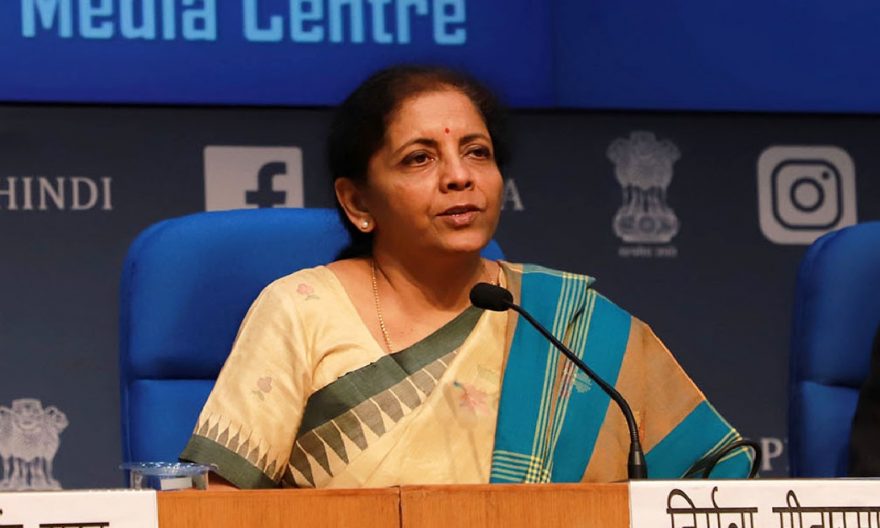
A great slowdown has gripped the Indian economy. The last two quarters of the financial year have recorded the lowest growth rates since Narendra Modi took over as the prime minister of the country. The Reserve Bank of India has cut the growth forecast for the current financial year to 5%, but the actual growth rate could be even lower. For some strange reason, external agencies are showing more faith in the growth prospects of the country. While the IMF has retained its 6.1% growth forecast for the current year, the OECD expects the country to grow at 5.8%. But no economist worth his salt would back these figures after the dismal show of the economy in the first half of the financial year.
Economists and policy makers unanimously agree that the slowdown is caused by a slump in demand and investment that played havoc with the employment scenario. While the economy lost its ability to create new jobs for India’s youth, it also failed to support the existing jobs in the private sector because of the slowing demand. Despite this, the government seems to be busy addressing the supply side, as in the case of the corporate tax cuts that could cost the exchequer Rs 1.45 lakh crore this financial year.
MORE: Explained: Arvind Subramanian’s statement on great slowdown
The Reserve Bank of India has paused after reducing the repo rate by 135 basis points in five consecutive cuts. While the rising food prices may have forced the central bank to press the pause button, it is also constrained by the fact that the real interest rate is inching closer to zero, leaving little space for further rate cuts. With the RBI exhausting its options, it is now up to the finance minister to shore up the economy through an expansionary fiscal policy. Huge expectations are riding on finance minister Nirmala Sitharaman who is in the midst of the Budget-making exercise for 2020-21. Several state finance ministers who attended the pre-Budget consultation meeting convened by the FM had urged the Union government to step up spending to bail out the economy, which is facing a severe slowdown. But does she have enough room to play with the fiscal policy?
Sitharaman had cut the fiscal deficit target to 3.3% of the GDP in her maiden budget in July this year from 3.4% set by the interim Budget presented by Piyush Goyal in February. But the corporate tax cut she announced in September and other measures taken to tackle the slow down are expected to push the deficit close to 4%.
READ: India growth story: Here’s why recession fears are misplaced, Dr Charan Singh explains
Several experts including IMF chief economist Gita Gopinath and former chief economic advisor Arvind Subramanian are against the finance minister adopting an expansionary stance in Budget 2020-21. Gopinath says macro stability is important for the Indian economy. The government should be looking at increasing revenue mobilisation and rationalising expenditure at this juncture, she says.
In a paper he wrote with Josh Felman on what they call ‘India’s Great Slowdown’, Subramanian argues that though most advanced countries have been resorting to fiscal stimulus packages since the global meltdown last decade, India should desist from doing so. He says there is no room available for the government to come up with a stimulus package as India’s fiscal position is much weaker than what the headline figures suggest. He says India’s consolidated fiscal deficit was close to 9% in 2018-19 and would be higher in the current financial year. Subramanian warns of sustainability concerns if the deficit reaches double figures and growth remains low.
READ: Towards a $5 trillion economy: An agenda for India’s transformation
One can argue that the government could take extraordinary steps to tackle economic crises. In 2009, President Barack Obama inherited a massive fiscal deficit of $1.4 trillion from the Bush administration. The figure was nearly 10% of the GDP of the United States, a level unseen since the World War II. Subramanian argues that advanced economies can afford this as the rate at which the government borrows is way below the nominal growth rate of the economy, which is not the case with India. He also cites the high primary deficit – fiscal deficit minus interest payments – in India due to the government’s high off-balance sheet spending as the reason why India should not think of a fiscal stimulus package in the Budget 2020-21.
There will be immense pressure on the finance minister to spend her way out of the current economic crisis. Sitharaman is in an unenvious position where she needs to balance the huge expectations with the fiscal constraints.
Anil Nair is Founder and Editor, Policy Circle.


